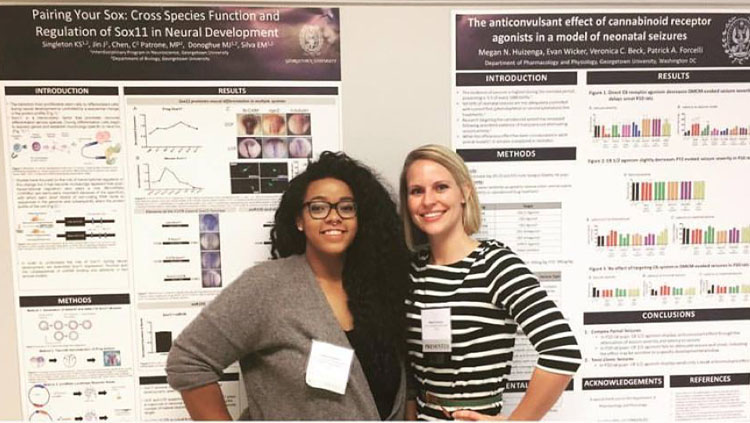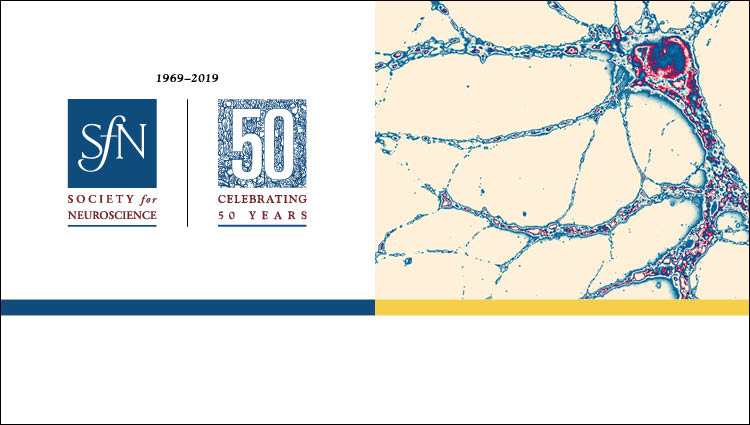New JNeurosci and eNeuro Features Respond to Reader Needs
In response to the requests by readers, JNeurosci and eNeuro have introduced new features that give authors more avenues to share their research and celebrate the outstanding work published in both journals.
eNeuro: Tools, Reviews, and Registered Reports
Last year, eNeuro introduced Open Source Tools and Methods articles, providing readers with blueprints for building and designing low-cost lab devices, software, and methodologies. These articles take a plug-and-play approach to research tools that can be applied to a broad range of studies, encouraging collaboration that brings new perspectives from across the field. To date, the collection includes nine papers giving instructions for tools ranging from syringe pump controllers and bar tests to open source software for synchronizing video with signals.
Taking an open-source approach to methods has a number of benefits to both individuals and the neuroscience community as a whole, according to Mark Laubach, professor of neuroscience at American University and the eNeuro reviewing editor who helped to introduce the new format alongside Associate Professor of Psychiatry at Washington University in St. Louis and fellow eNeuro Editor Lex Kravitz.
“Publishing methods as open-source invites others to try out your method, look under the hood, and make their own improvements. ”Mark Laubach
American University
“Publishing methods as open-source invites others to try out your method, look under the hood, and make their own improvements,” said Laubach. “This can bring many personal benefits. For example, it is more likely that your work will be recognized, cited, and used by others… In addition, the quality of the method improves by having other people, particularly those that aren’t in your immediate research group, try the method out. This process can identify bugs and inefficiencies, enabling these issues to be ironed out.”
eNeuro is also innovating the publishing process for more traditional formats. Earlier this year, the journal published its first Registered Report. These reports invite authors to submit experimental designs and analyses before conducting the experiments. Submissions are peer reviewed and revised. If the experiments are executed as agreed upon, the results are guaranteed publication, supporting the publication of repeat and negative results and allowing for a refinement of methodology.
“Pre-registration meant that I had an in-principle acceptance of a publication very early in my graduate studies.”Omri Nachmani
“Pre-registration meant that I had an in-principle acceptance of a publication very early in my graduate studies,” explains Omri Nachmani, co-author of the study, in a recent eNeuro blog interview. “Receiving the reviewers’ feedback gave me both validation and a safety net to be able to conduct my experiments without any anxiety that our approach contained flaws or inadequate experimental conditions.”
JNeurosci: Celebrating Past and Present Authors
JNeurosci, meanwhile, has published its first Review article, “Twenty Years of SynGAP Research: From Synapses to Cognition” by Gamache et al., exploring the past and current understanding of the multifactorial role of SynGAP in regulating neuronal function. This new manuscript type for the journal comes in response to reader requests for articles that provide broad overviews of topics and complements other review-like formats, such as Viewpoints, Dual Perspectives, and Mini Review articles.
In addition to this new article format, JNeurosci has introduced new features that celebrate the work of their authors. In February, the journal published its first Annual Spotlight – a collection of articles from the year prior highlighted for their outstanding technical merit and significance for the field. Selected by reviewers, these seven articles span all sections of the journal and reflect the quality that makes JNeurosci the most-cited journal in neuroscience.
In honor of SfN’s 50th anniversary, JNeurosci also published a collection of articles celebrating the past five decades of neuroscience. With contributions from long-standing leaders and early career researchers alike, the 50th Anniversary Collection looks at the shifting paradigms and scientific discoveries of the field, as well as the formation and evolution of the neuroscience community.
The introduction of both new manuscript types and collections represents a core value of SfN’s journals — supporting the neuroscience community. Both eNeuro and JNeurosci will continue to evolve by listening to their authors and readers.



















